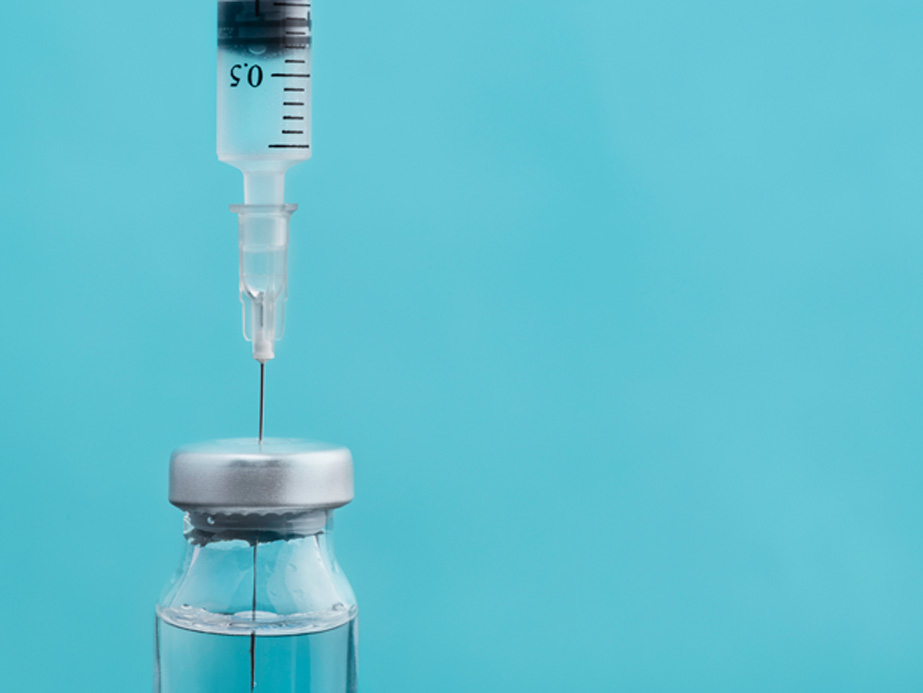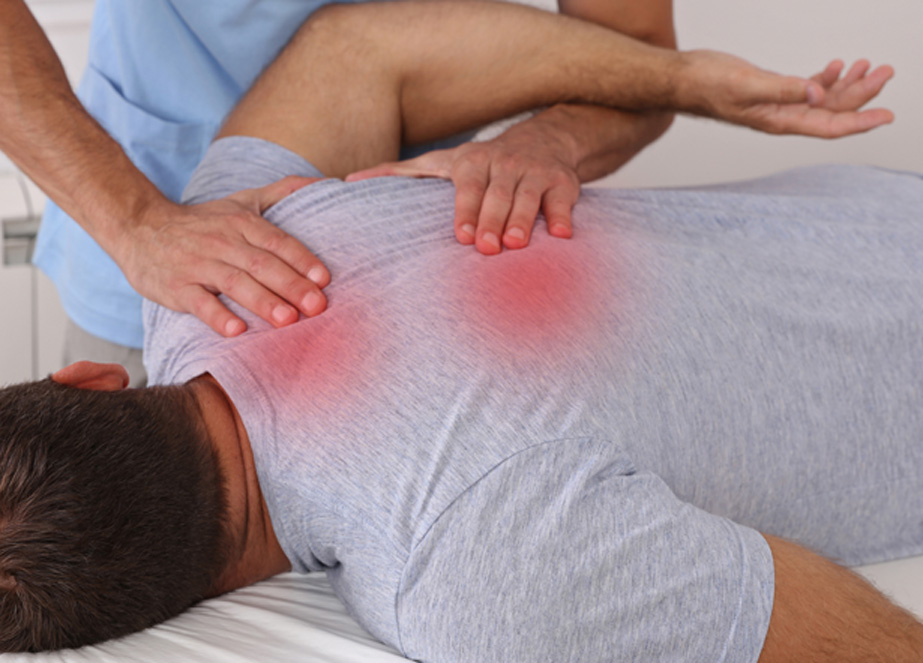
Myofascial pain syndrome is a condition in which pressure on trigger points causes pain in the muscles, sometimes in parts of the body that seem unrelated.
Pain associated with myofascial pain syndrome persists or becomes worse over time.
Symptoms of Back and Neck Myofascial Pain
Signs and symptoms of the condition may include:
- Deep aching pain
- Pain that persists or becomes worse over time
- A tender knot in a muscle
- Difficulty sleeping as a result of the pain
Some individuals may develop fibromyalgia as a result of the condition.
Causes of Back and Neck Myofascial Pain
The pain may be caused by:
- Repetitive motions
- Stress-related muscle tension
- Previous injury
- Overuse
- Poor posture
Trigger Point Injections
Back and neck myofascial pain may be effectively treated with trigger point injections.
Risks and Side Effects
The risks of a trigger point injection treatment are very low. Patients may experience rare complications such as bleeding, or post-injection pain at the injection site. Common side effects include temporary soreness, lightheadedness, dizziness or numbness at the injection site.


Who Qualifies?
Patients with muscle pain that has not responded to pain medication and physical therapy may benefit from having a trigger point injection. Patients should speak to their physician to determine if a trigger point injection is right for them
What to Expect During the Procedure
During a trigger point injection procedure, the doctor will press on the muscle to locate the area in pain. An ultrasound is typically not required. The injection site will then be cleaned with an antiseptic to help reduce the risk of infection.
The patient may sit or lie down as the doctor inserts a small needle into the area and injects a mixture of anesthetic and steroid. The injected medication may be an anesthetic such as bupivacaine (Marcaine) or lidocaine (Xylocaine), a mixture of anesthetics, or a cortisone medication that may be mixed with lidocaine.
The anesthetic medication will block pain receptors within the nerves surrounding the muscle, helping to reduce the pain signals sent to the brain. Steroid medication will reduce the inflammation and swelling of tissue around the nerves.
Patients may have several trigger point injections during one visit. The procedure typically takes only a few minutes and patients are free to go home immediately afterwards.
After the Procedure
Once the procedure is completed, patients can freely use the muscle. Patients should avoid strenuous activity for the next few days.
Some patients may experience significant pain relief immediately after the injections, while others may need to wait a few days or weeks for the pain to subside.
For maximum relief, patients may need physical therapy, massage therapy, medication and a combination of at-home therapies.

